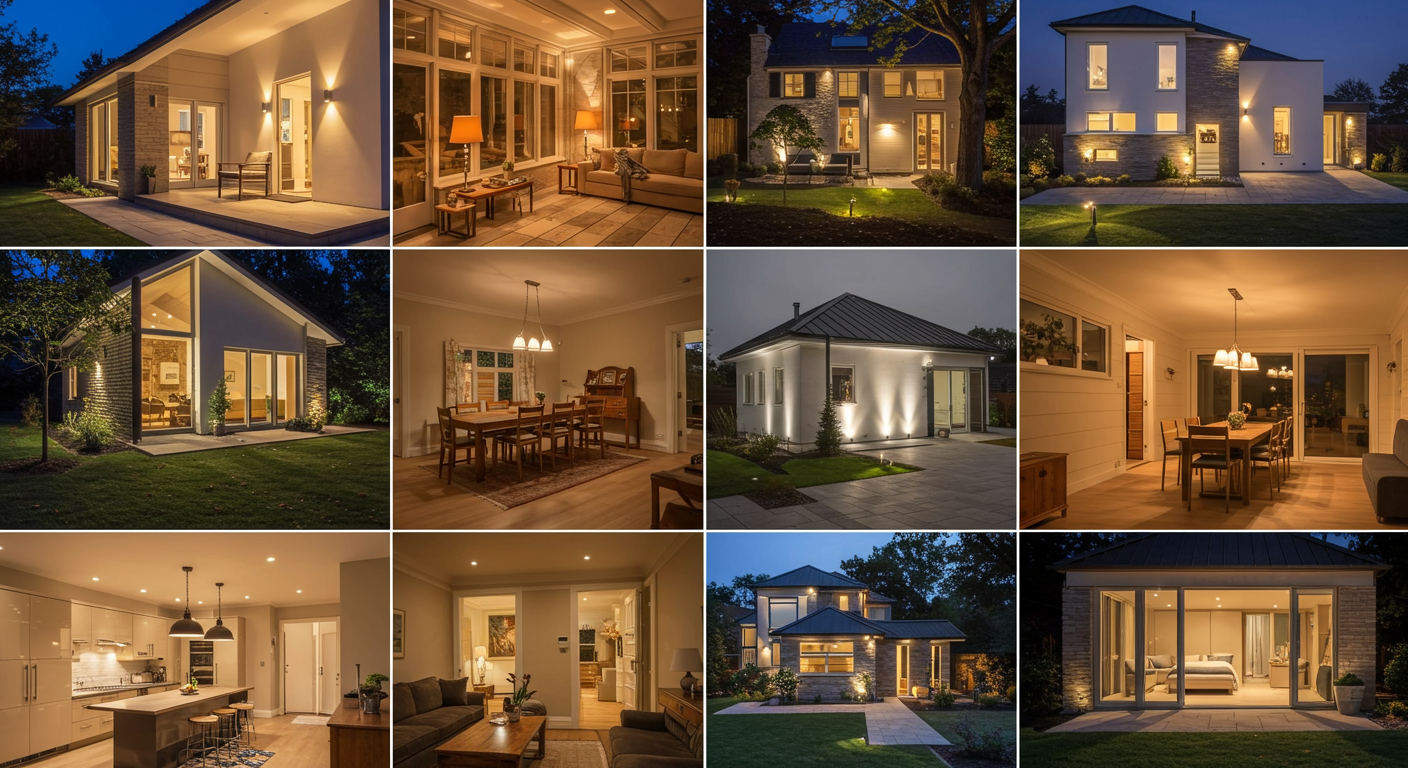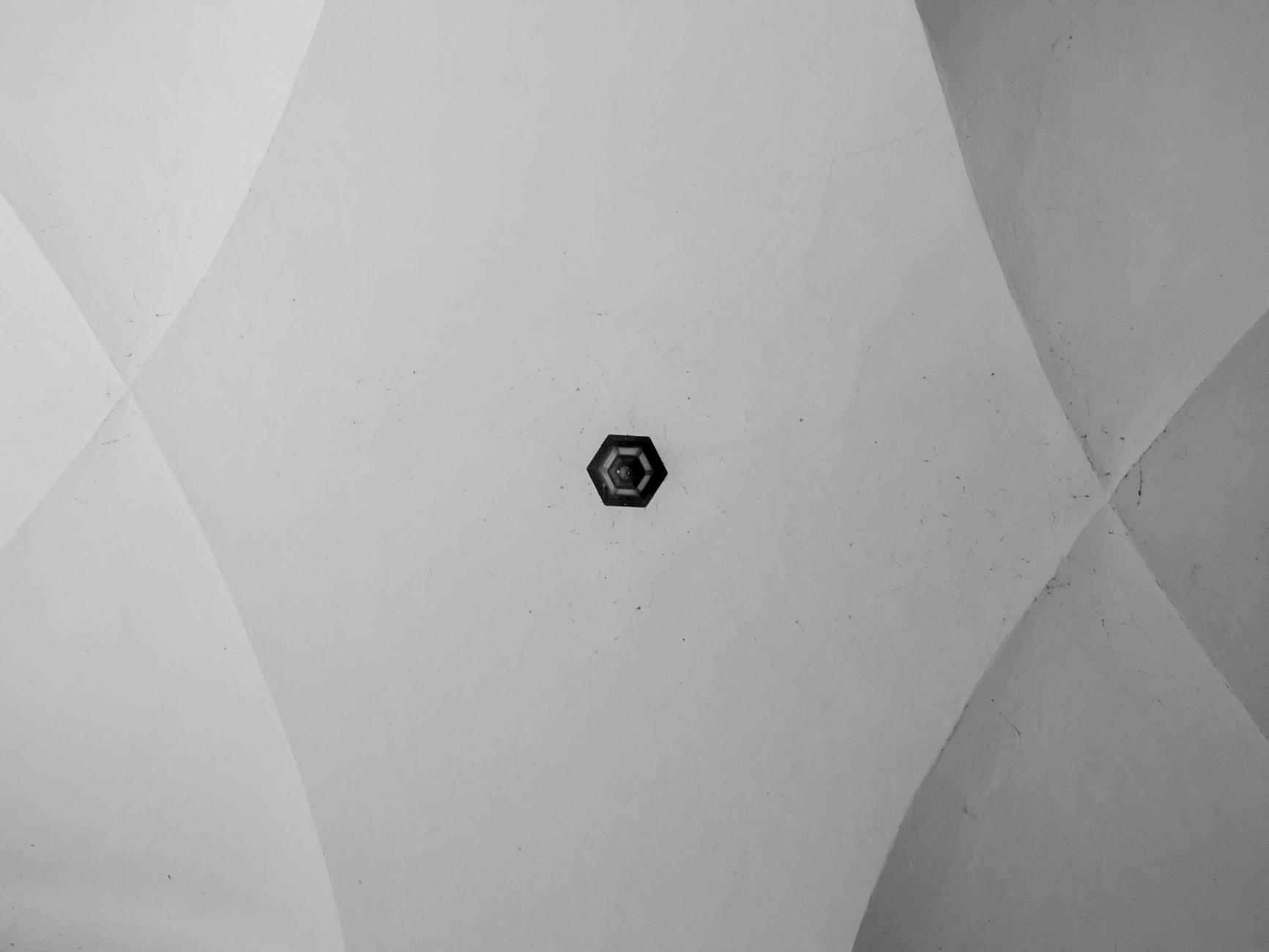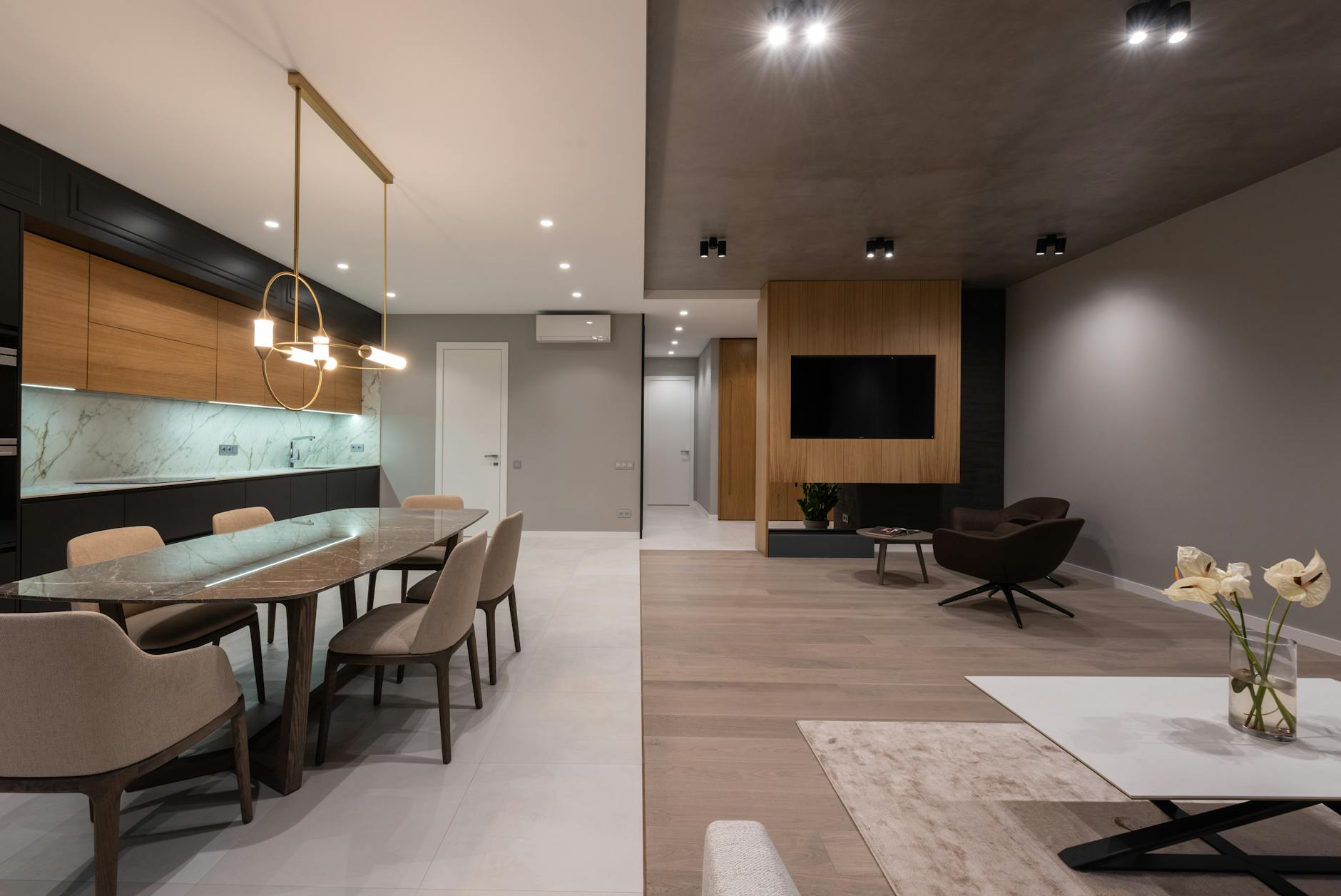Lighting is often an overlooked element in both interior design and everyday life, yet it holds the power to transform spaces, moods, and even our well-being. The magic of good lighting lies not just in illumination but in its ability to create ambiance, highlight features, and influence emotions.
Setting the Mood
The right lighting can set the tone for any room. Warm, soft lighting creates a cozy and inviting atmosphere, perfect for relaxation and intimate gatherings. On the other hand, bright, cool lighting energizes spaces, making them ideal for work or social activities. By adjusting the color temperature and intensity of lights, you can tailor the mood of your environment effortlessly.

Enhancing Aesthetics
Good lighting accentuates the architectural details and décor elements of a space. It can highlight artwork, textures, and colors, bringing them to life. Layered lighting—using a mix of ambient, task, and accent lights—adds depth and dimension, making rooms feel more dynamic and visually appealing.
Improving Functionality
Beyond beauty, lighting serves practical purposes. Task lighting, such as desk lamps or under-cabinet lights, ensures that workspaces are well-lit, reducing eye strain and increasing productivity. Proper lighting in kitchens and bathrooms enhances safety and efficiency, while outdoor lighting improves security and usability of exterior spaces after dark.
Impact on Health and Well-being
Natural light exposure is crucial for maintaining our circadian rhythms, affecting sleep quality and mood. Incorporating natural light through windows or skylights can boost energy levels and mental clarity. Additionally, adjustable artificial lighting that mimics natural daylight can support well-being in environments lacking sufficient sunlight.
Tips for Harnessing the Magic
- Use dimmers to control light intensity and adapt to different times of day or activities.
- Choose bulbs with appropriate color temperatures: warmer tones for relaxation, cooler tones for focus.
- Incorporate multiple light sources for balanced illumination.
- Don’t forget the power of natural light—maximize window exposure and use reflective surfaces to amplify it.
- Experiment with lighting fixtures that complement your style and enhance the room’s character.
In conclusion, good lighting is more than just a necessity; it is an art form that can dramatically enhance the way we experience our spaces. By understanding and utilizing its magic, you can create environments that are not only beautiful but also functional and nurturing to your well-being. Illuminate your world wisely, and watch the transformation unfold.




